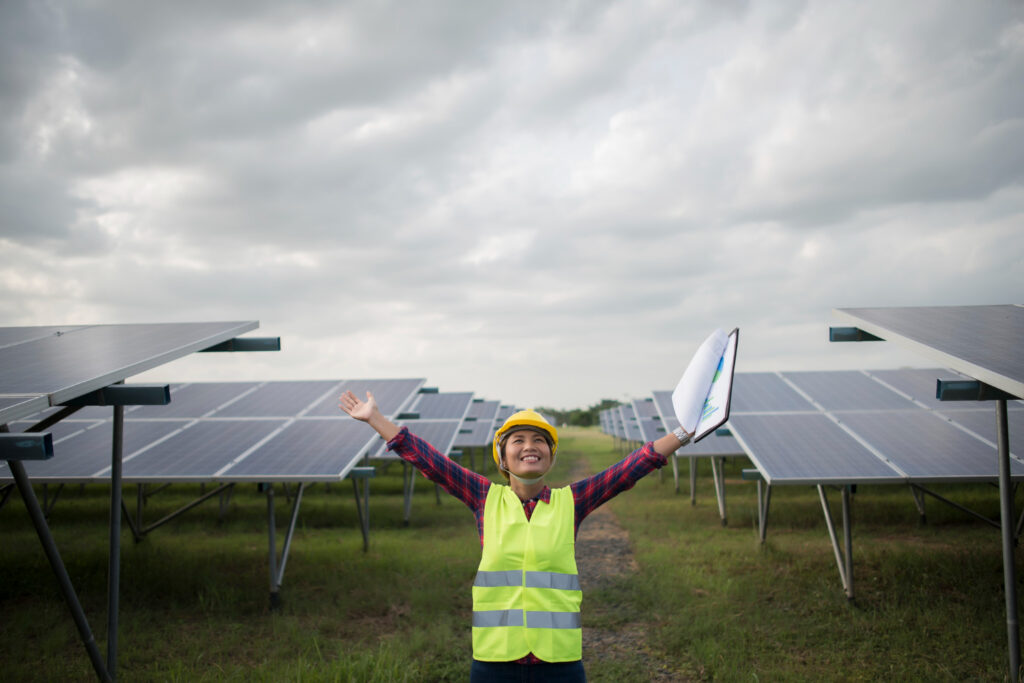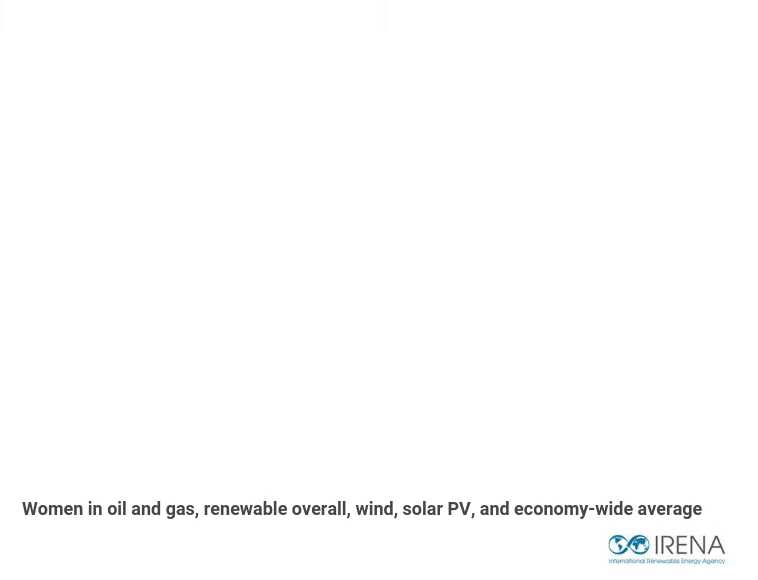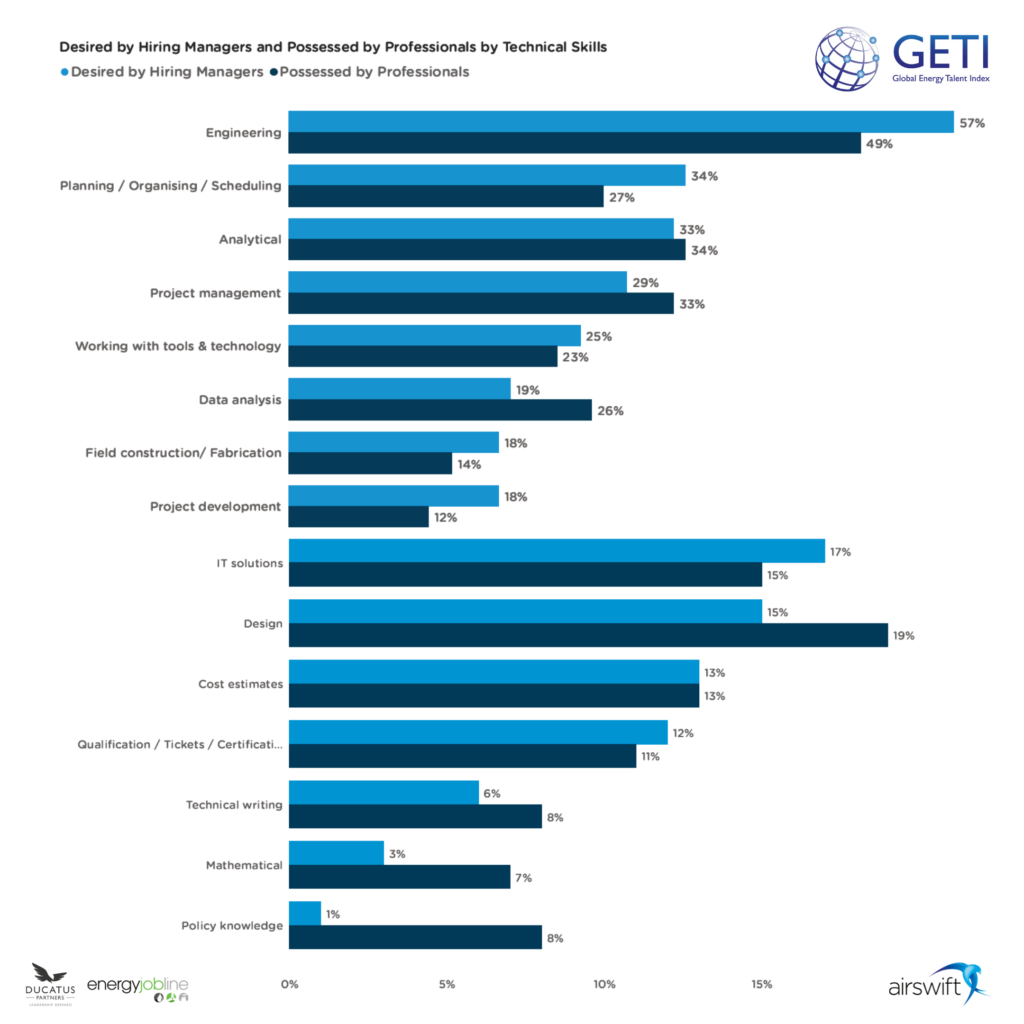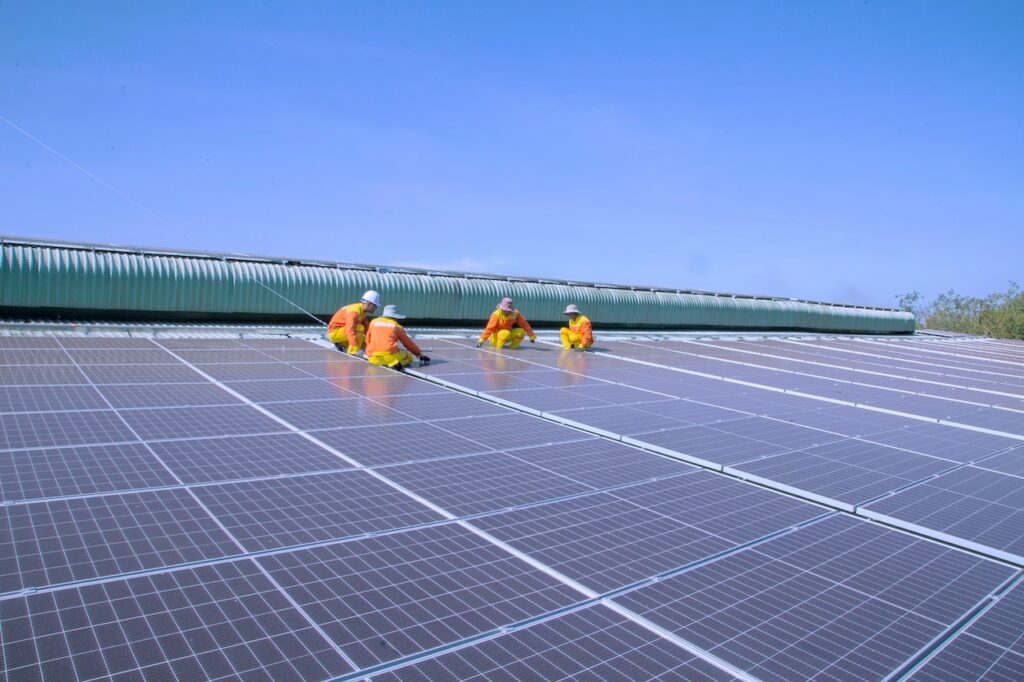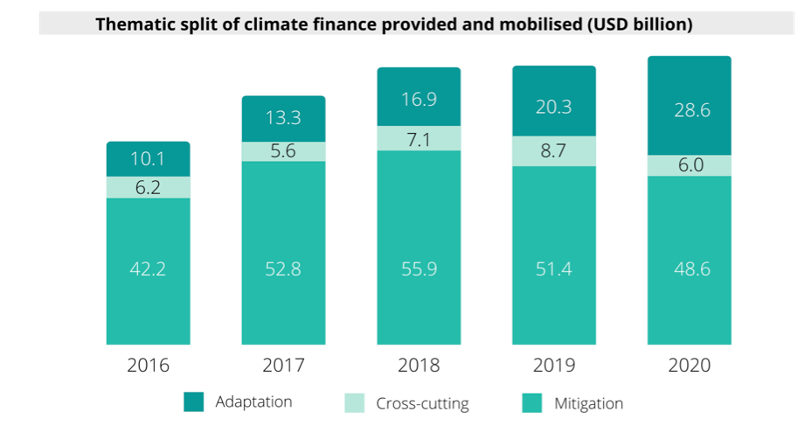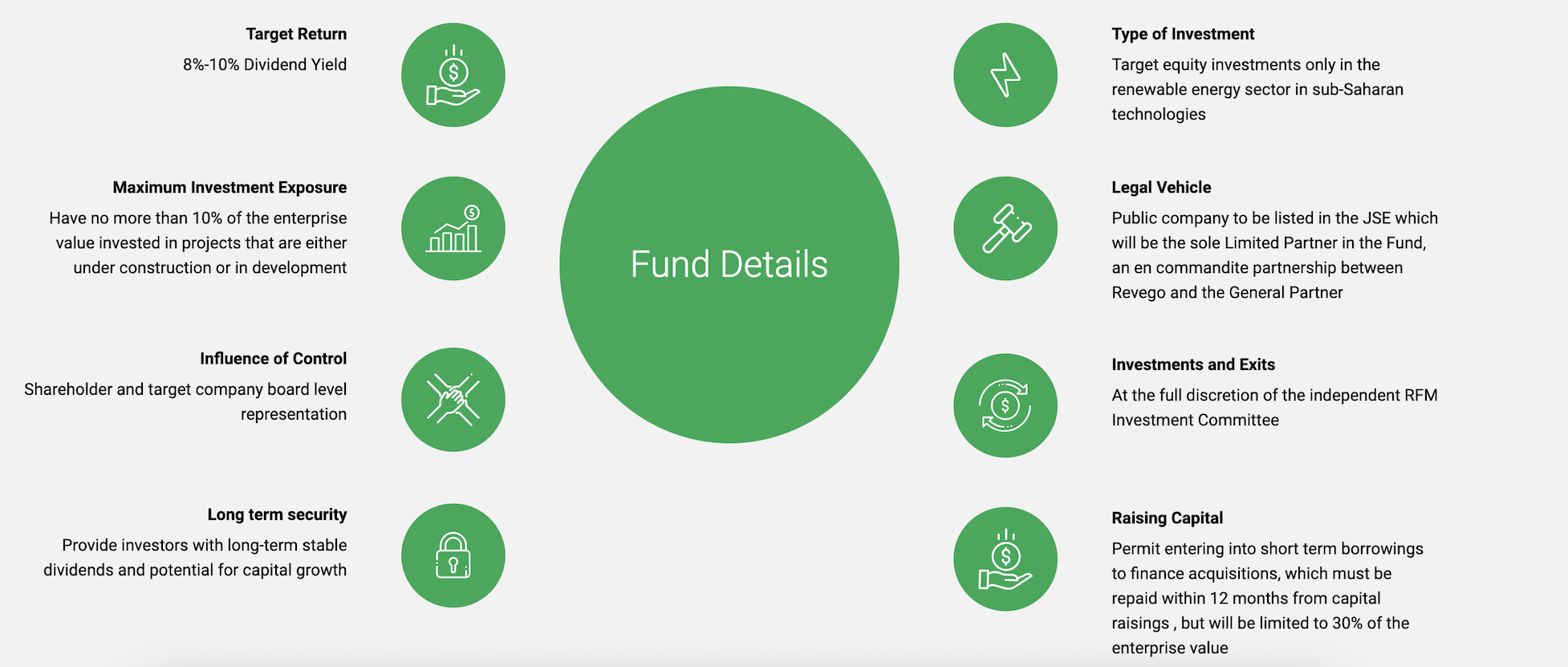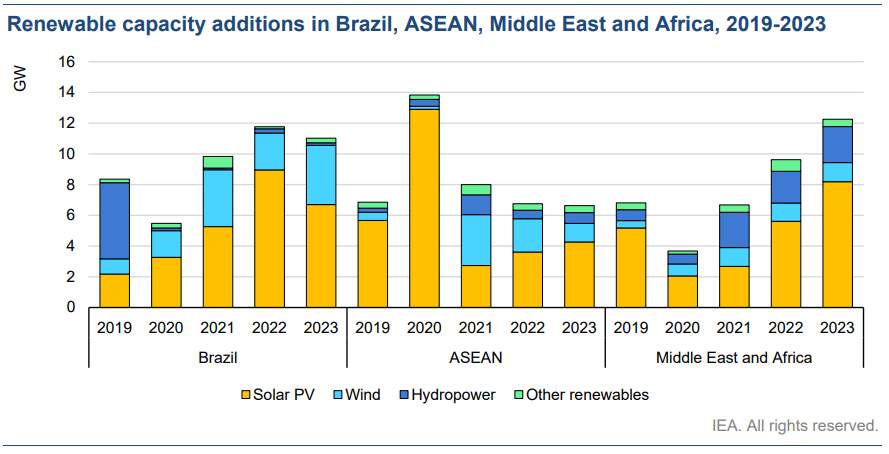The Renewable Energy Talent Outlook – 1st Half 2023
In the dynamic environment of the renewable energy talent industry, we are witnessing a significant transformation that completely redefines the energy landscape.
As leaders and executives of companies in this sector, it is essential to stay informed about the trends and changes that are shaping our path towards a more sustainable and clean future.
Through the analysis of experts in the field, we can discern both the opportunities and challenges we face in terms of talent attraction and the ongoing evolution of this industry.






